German Wehrmacht and Waffen-SS troops committed numerous atrocities during the invasion of France in the spring of 1940. Waffen-SS soldiers, deeply indoctrinated in Nazi ideology and eager to cultivate a reputation of ruthlessness, were particularly prolific murderers and often did not discriminate in their choice of victims. They inflicted one of their worst atrocities on May 27, 1940, when soldiers of the SS Totenkopf Division murdered 97 British soldiers of the Royal Norfolk Regiment who had surrendered to the Germans near the French village of Le Paradis.
The Germans vented particular hatred, however, on the Tirailleurs Sénégalais: black soldiers from the French colony (and future nation) of Senegal in West Africa. There were several reasons for this. During World War I, Senegalese troops had been feared adversaries of the Germans. One of many examples of heroism by these African troops took place at the village of Château-Thierry on the Marne River in May 1918, when Senegalese troops fighting house to house brought a German offensive to a standstill in time for Americans of the 3rd Infantry Division to intervene.
Another reason the Germans despised the Senegalese was that they had taken part in the Allied occupation of the Rhineland in the years after World War I. After the Nazis came to power in 1933, they trumpeted false propaganda claims that the Senegalese had committed widespread rapes on German women. And that, of course, suggested the third and primary reason that German soldiers targeted the Senegalese for atrocities in 1940: they were black, and so, in keeping with Nazi racial theory, barely human and worthy of neither mercy nor compassion.
As French forces collapsed in late May and early June, Senegalese troops were caught up in the maelstrom. Eager to fight, they were placed in impossible tactical situations and forced to withdraw or surrender. On numerous occasions, soldiers of the regular German army, or Wehrmacht, executed surrendering black soldiers out of hand. No particular orders for these murders had been issued by the German military hierarchy; nor could situational excuses be made, since white soldiers surrendering at the same time were not usually ill-treated by the Wehrmacht. As these murders became widespread, however, the German military authorities lifted not a finger to stop them.
One of the worst episodes took place on June 19-20, 1940 near the French city of Lyon. At this time, French Marshal Philippe Pétain had announced his intention to seek an armistice with Germany, but no actual surrender had been made, and in some cases French troops continued to fight on. As troops of the SS Totenkopf Division and the Großdeutschland Regiment attached to the 10th Panzer Division advanced, they ran into tough resistance from the 25th Regiment of Tirailleurs Sénégalais. As the Germans overcame this resistance, they murdered several dozen defending soldiers after they surrendered at the monastery of Montluzin and the town of Lentilly.
Two kilometers away from these events, a group of Senegalese soldiers occupied a small castle at the village of Chasselay, fighting on all day and night until they spent their last bullet on June 20 and surrendered. Afterwards, the Germans marched the black soldiers and their white officers to a nearby field. The officers were led aside and told to lie face down. Then the Senegalese were ordered to assemble in front of two German tanks, and told to run away. As they ran, the tanks opened fire on the Tirailleurs with machine guns, and then drove over the dead and wounded. A German soldier then walked over to one of the white French officers and shot and wounded him; but otherwise they were left unharmed.
Photographs of the moments just before the massacre, recently uncovered by a private collector, show the German soldiers totally calm and relaxed as they prepared to murder their approximately 50 victims (out of 100 Senegalese killed after surrendering in the area over these two days). German officers specifically ordered French civilians living nearby not to bury the murdered soldiers, but instead to let them rot in the open. However, the civilians, who also sheltered a handful of Senegalese who managed to escape, buried the bodies in a mass grave overnight.
Those black soldiers who were not murdered after surrendering were interned in prison camps in France; only white Allied soldiers were sent to camps in Germany lest the non-whites “defile” German purity. Senegalese prisoners also were subject to much harsher prison conditions than their white counterparts. Meanwhile, German military officials forbade French civilians from decorating the graves of Senegalese who had fallen in battle or been murdered. “The German Army Command,” read one notice, “does not like, and expressly prohibits, the decoration of the graves of black soldiers.”
In Chasselay, which after the armistice became part of the Vichy French rump regime and so was not subject to German occupation, local French authorities turned the mass grave into a memorial, or Tata Sénégalais, which was constructed in a West African style and dedicated by a Muslim Senegalese Imam on November 8, 1942. Senegalese troops would return to visit the site after the liberation of France in 1944.
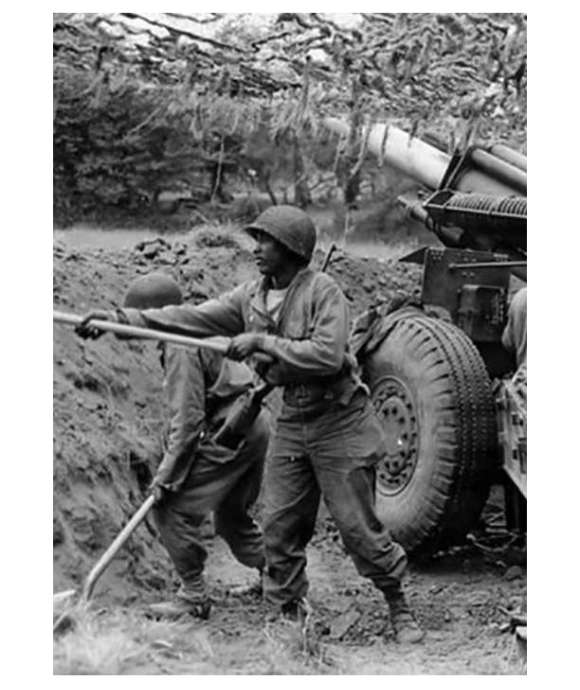
Sacrifice: The 333rd Field Artillery at the Battle of the Bulge
Manning 155mm howitzers, African American gunners sacrificed themselves to defend fleeing infantry. Eleven of them were murdered by the Waffen SS, and then forgotten by the US Army.
Ed Lengel, PhD
Edward G. Lengel is the former Senior Director of Programs for the National WWII Museum’s Institute for the Study of War and Democracy.
Cite this article:
MLA Citation:
APA Citation:
Chicago Style Citation:
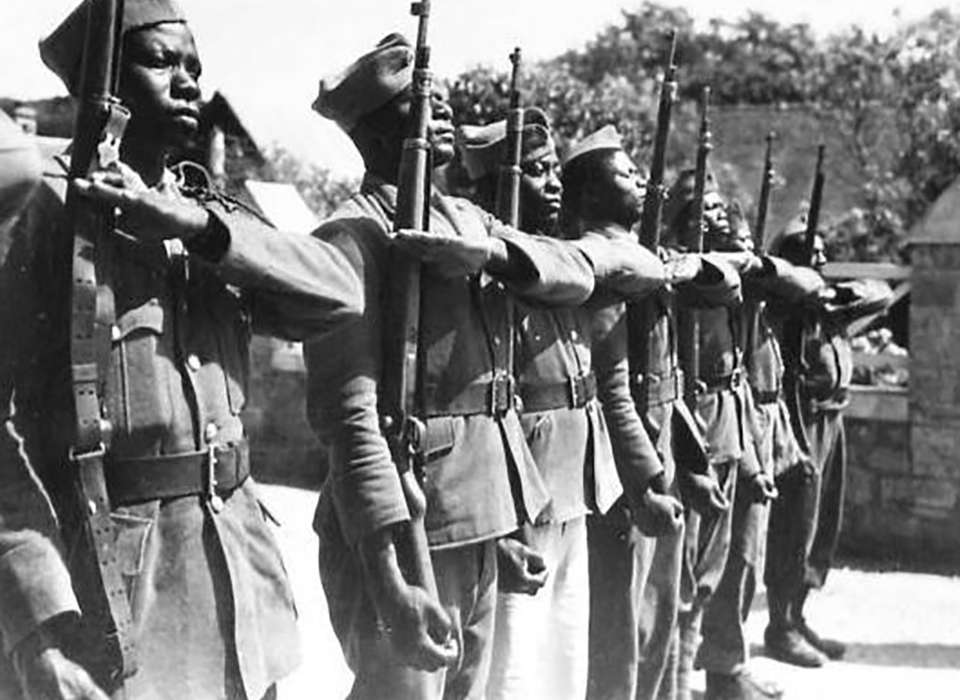
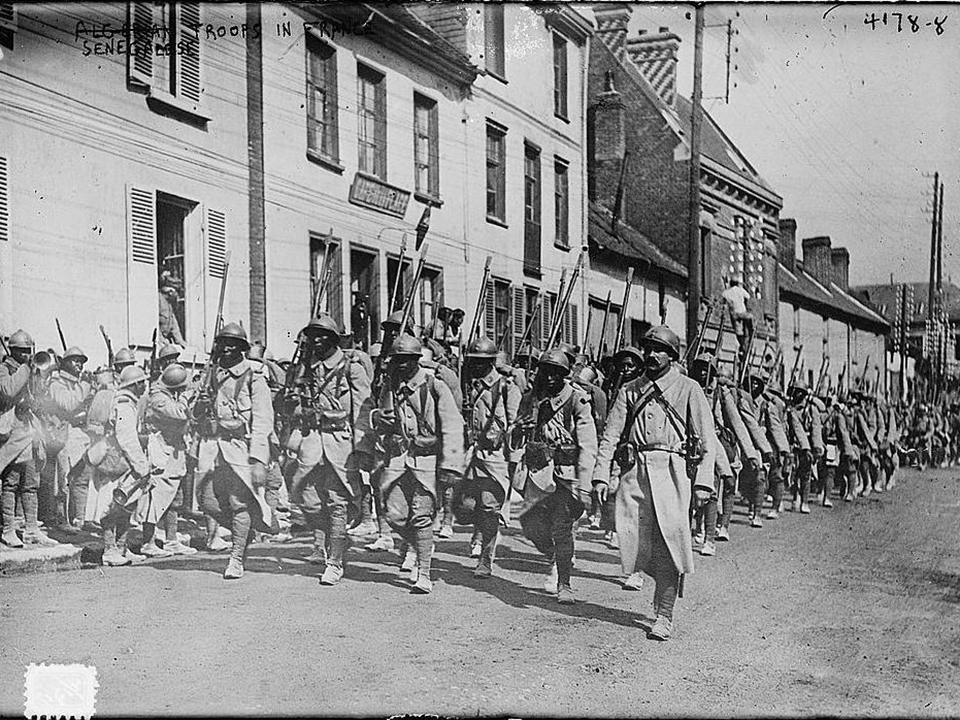
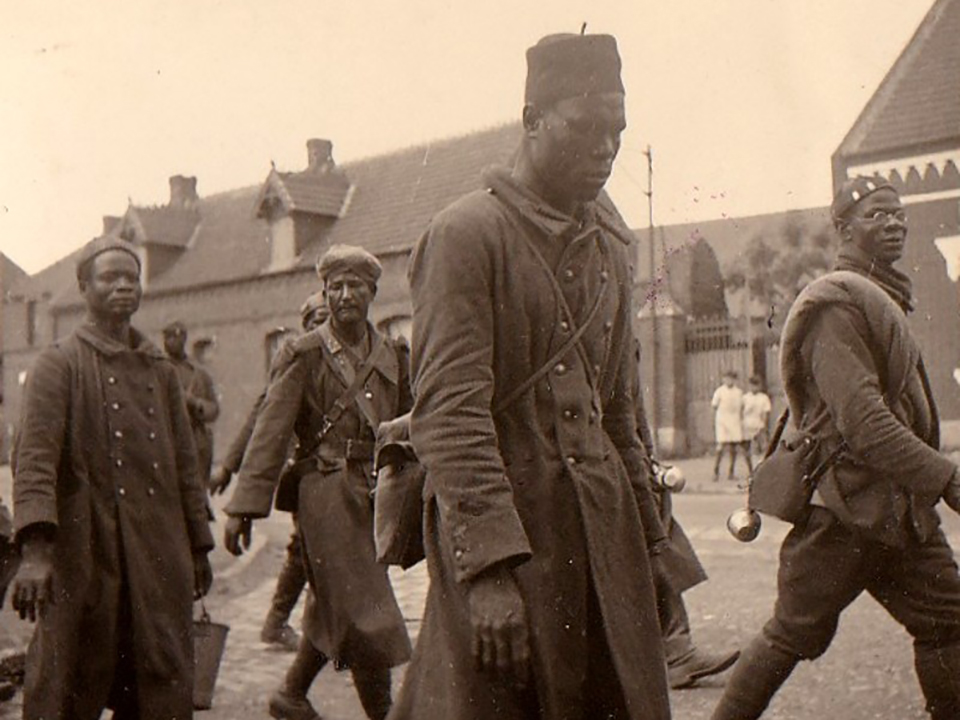
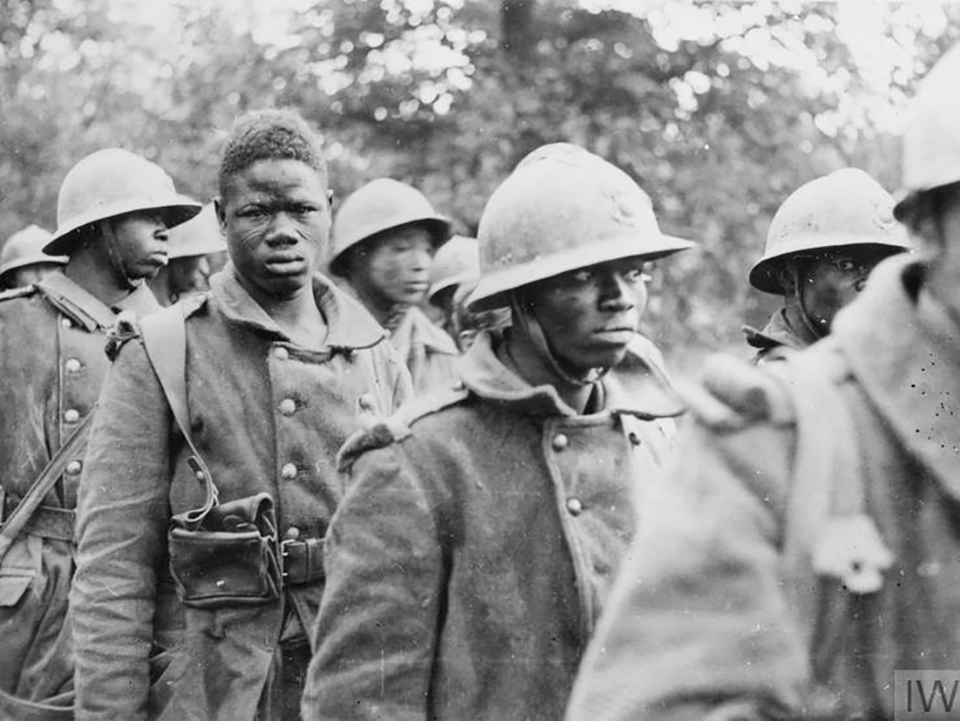
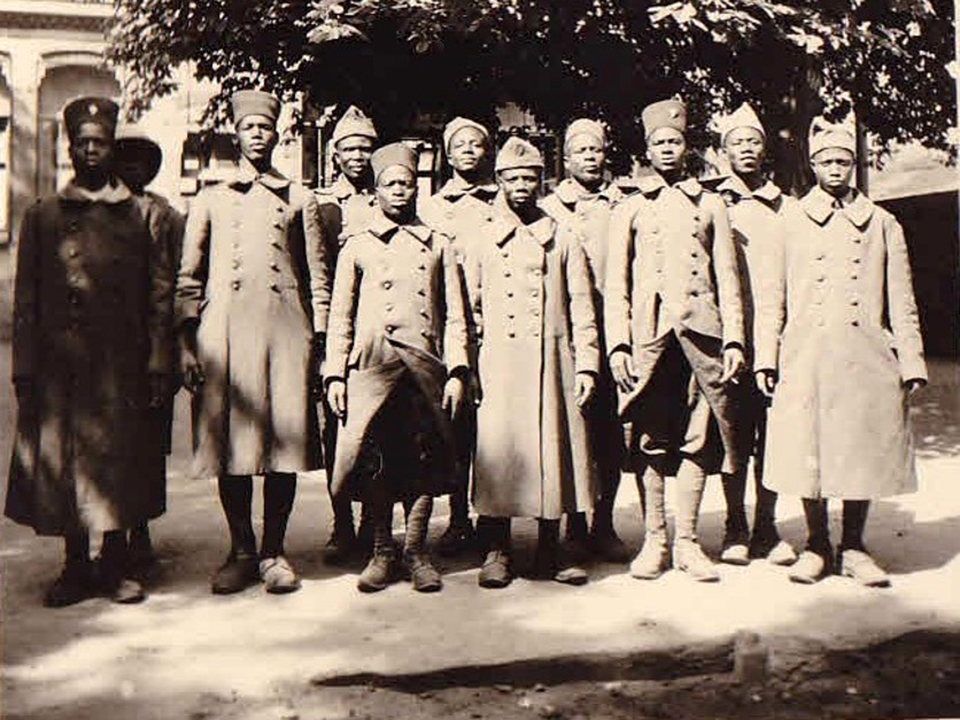
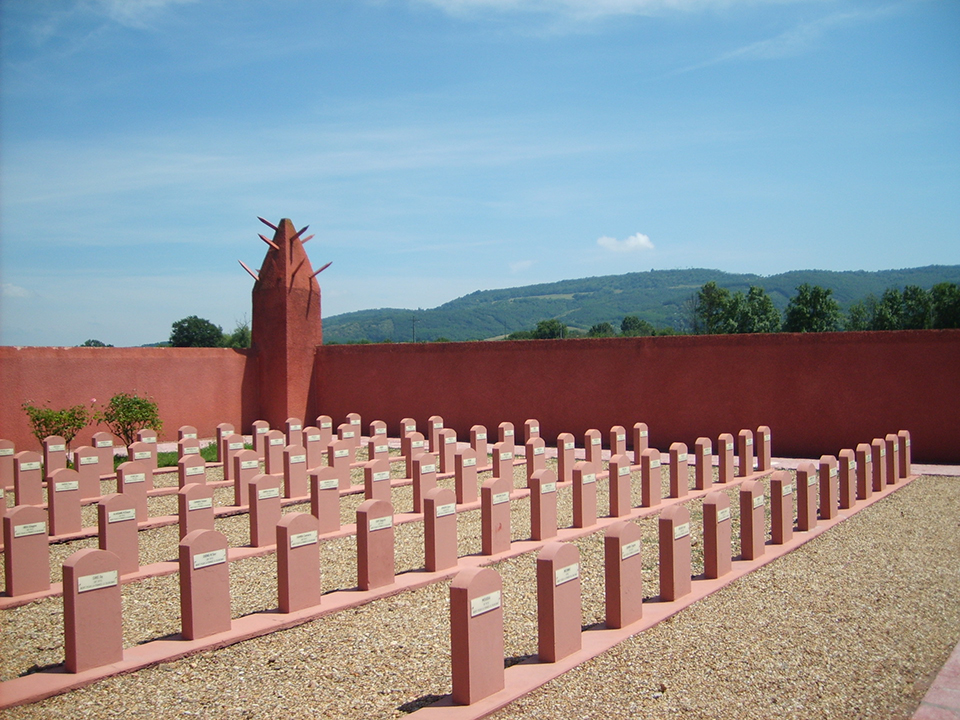




![Max Fuchs, New York City cantor, sings as Rabbi Sydney [sic] Lefkowitz, Richmond, VA, conducts the first Jewish services from Germany.](/sites/default/files/styles/max_650x650/public/2025-10/image1.jpg)



